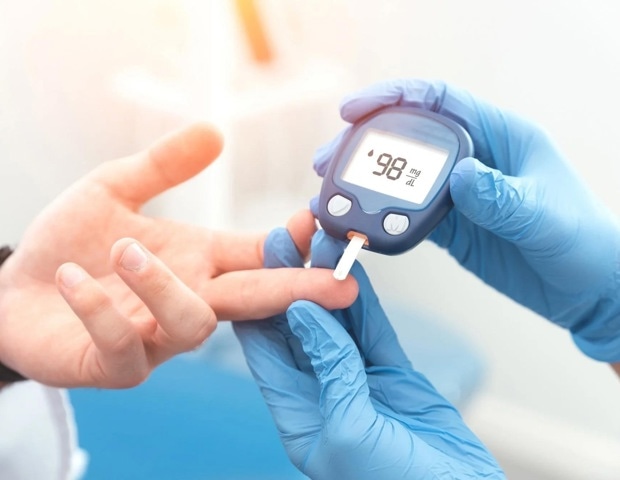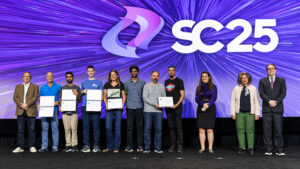
Group-based and online lifestyle counselling has been shown to effectively support middle-aged and older men in adopting healthier dietary habits, thereby reducing their risk of developing type 2 diabetes. This is particularly significant for those with a high genetic predisposition to the disease, according to a recent study conducted by the University of Eastern Finland.
The research, known as the T2D-GENE study, focused on the impact of lifestyle counselling on dietary changes among men in eastern Finland. It further explored how these dietary modifications influenced their risk of type 2 diabetes, especially in individuals with a high genetic risk.
Study Insights and Methodology
Participants in the intervention group received lifestyle counselling over a span of three years. The counselling was delivered through group sessions and an online platform, which facilitated the adoption of healthier eating habits. The study revealed that these health-promoting dietary choices were linked to a reduced risk of type 2 diabetes, particularly among those with a high number of diabetes-associated risk genes.
Notably, individuals carrying the genetic variant TCF7L2, which is associated with an increased risk of type 2 diabetes, showed substantial benefits from increased fibre intake that met nutrition recommendations.
Dietary Changes and Their Impact
Participants in the intervention group reported a significant increase in their consumption of fibre, whole grain products, berries, vegetables, fish, and plant-based oils. Concurrently, there was a marked decrease in the intake of sausages, high-fat cheeses, low-fibre grain products, sweets, and butter. By the conclusion of the study, those who received lifestyle counselling were generally consuming more health-promoting foods compared to the control group.
Expert Opinions and Broader Implications
Doctoral Researcher Ulla Tolonen from the University of Eastern Finland emphasized the efficiency of group-based and online counselling.
“We need to find resource-efficient ways within health care to support these lifestyle changes. Group-based and online counselling is more resource-efficient than individual counselling,”
she stated. Tolonen added,
“Our new findings show that group-based and online counselling is sufficient to support lifestyle changes among individuals with a high genetic risk of type 2 diabetes.”
This development follows numerous previous studies indicating that type 2 diabetes can be prevented or delayed through health-promoting lifestyle habits. The findings from the T2D-GENE study underscore the potential of group and online counselling as viable, cost-effective strategies for diabetes prevention.
Historical Context and Future Directions
Historically, lifestyle interventions have been a cornerstone in managing and preventing type 2 diabetes. The Diabetes Prevention Program in the United States and similar initiatives globally have consistently demonstrated the effectiveness of lifestyle modifications in reducing diabetes risk.
Meanwhile, the rise of digital health solutions offers new avenues for delivering these interventions at scale. As healthcare systems worldwide face increasing pressure to manage chronic diseases efficiently, the integration of group-based and online counselling could represent a significant shift towards more sustainable healthcare models.
Looking ahead, further research could explore the long-term sustainability of these dietary changes and their impact on other health outcomes. Additionally, expanding such interventions to diverse populations could enhance their applicability and effectiveness across different demographic groups.
In conclusion, the T2D-GENE study provides compelling evidence that group-based and online lifestyle counselling can play a crucial role in reducing the risk of type 2 diabetes, particularly for those with a genetic predisposition. As the healthcare landscape evolves, such resource-efficient interventions may become increasingly integral to public health strategies.






